BBC – Horizon Documentary – Synaesthesia – 30 September 2004
BBC – Horizon Documentary – Synaesthesia – 30 September 2004.avi
[1 AVI]
Description
A ‘Horizon’ Documentary on Synaesthesia=============================================================== A fascinating TV documentary on this little studied neurological phenomenonwas broadcast by the BBC last night (12 Dec 94). The programme intervieweda number of British and American synaesthetes and, as they explained thesensory experiences they had, sometimes attempted to reproduce thephenomenon on screen.The most common form of synaesthesia producesbrilliant coloured visual experiences in response to auditory input butthere are other forms. The programme interviewed an American chef whoexperiences visual and tactile sensations in response to various tastes.There was also an American woman who discovered that certain tactileexperiences like kissing could produce strange visual and gustatoryexperiences – hence the programme’s title!While neurologists agree that synaesthesia is brought about by theexistence in the brain of neuronal links between the different sensorycortexes, links that do not exist in most human beings, there remains somedisagreement concerning how and why this comes about. The programmeinterviewed an American scientist, Richard Cytowic, who believes that thevarious parts of the cortex involved in processing sensory input aresomehow linked in synaesthetes via the limbic system, a sub-corticalstructure known sometimes as the emotional brain. Some support for thisposition came from film of an American woman who seems to undergo analmost ecstatic experience while listening to music and watching thebrilliant multi-coloured patterns that the music generates before hereyes.A British team led by Simon Baron-Cohen in London believe that the linksbetweenthe various sensory cortexes in synaesthetes are more direct and donot normallyinvolve the limbic system. Proof of the essentiallyneurological character of synaesthesia was provided by the London team whosubjected a volunteer to an NMR brain-scan. Although she was blindfolded,when music was played to her via headphones the scan clearly showed notonly increased activity in the auditory cortex of the hemisphere involvedbut also even greater activity in the visual cortex.Both teams theorise that the infant brain is over-provided with neuronal linksat birth, including synaesthetic links. In the period of great cerebral growthand change that occurs in the years immediately after birth the synaestheticlinks tend to disappear as more orthodox neuronal links are established. But ina minority of people some of these links remain into adulthood and it isbelieved that there is a genetic factor involved in passing on this trait. Someevidence for near-universal infant synaesthesia was provided by film of anexperiment where babies seem to be able to associate visual stimuli with aprevious matching tactile stimulus much more readily than ought to be the case.Synaesthesia and the Arts=========================In addition to exploring the neurology and phenomenology of synaesthesia, theprogramme also wove into the discussion an exploration of synaesthesia in thearts. It was hypothesised that Kandinsky was a synaesthete, and two Americansynaesthetes visited the MOMA where they believed that they could identify insome of Kandinsky’s more abstract paintings some of the visual structures whichauditory stimulation produces in them. There was also a brief snippet ofinterview (in French) with Olivier Messaien who recognised his synaesthesia atan early age. The chromatic nature of much of his music was mentioned, and weheard a brief extract from *Colours of the Celestial City*, the score of whichcontains at points Messaien’s notations of the colours that those particularmusical sounds produced in him written over the stave. Some of Messaien’s musicwas played by a British synaesthete – interestingly, she agreed with Messaienabout the chromatic nature of his work but disagreed with all of the coloursthat he experienced, her colours for that piece being entirely different.Mention was also made of synaesthesia in literature, with examples quoted fromBaudelaire and Rimbaud, but the case explored in most detail here was that ofNabokov. Dmitri Nabokov was interviewed concerning his family’s synaesthesia,sometimes while black-and-white film of VN pursuing butterflies somewhatlethargically in a mountain setting was being shown. There was also a briefsnippet of a (black-and-white) interview with VN himself concerning hisexamination of Dmitri. These Nabokov sections are transcribed in full below.Vladimir Nabokov and Synaesthesia =================================Synaesthesia has more recent links with literature. Vladimir Nabokov,author of *Lolita* and a passionate lepidopterist, discovered at the ageof 7 that many ofthe letters of the alphabet had their own distinctivecolours. This coloured hearing has been passed on to his son, Dmitri:DN: My father referred explicitly to his synaesthesia in *Speak, Memory*,which was the definitive title of his autobiography. Let me see if I canfind the passage and quote it for you. “The long A of the English alphabethas for me the tint of weathered wood, but a French A evokes polishedebony…. Dull green combined somehow with violet is the best I can do forW….. B has the tone called burnt sienna by painters…. M is a fold ofpink flannel and today I have at last perfectly matched V with”Rose-Quartz” in Maerz & Paul’s _Dictionary of Colour_.” Linguists of the40s and later questioned the authenticity of my father’s synaesthesia,attributing it more to imagery and metaphor. He replied adamantly that heregarded his own phenomenon of coloured vision and hearing with the samerigour with which as an entomologist he studied lepidoptera.
You must be logged in to post a review.

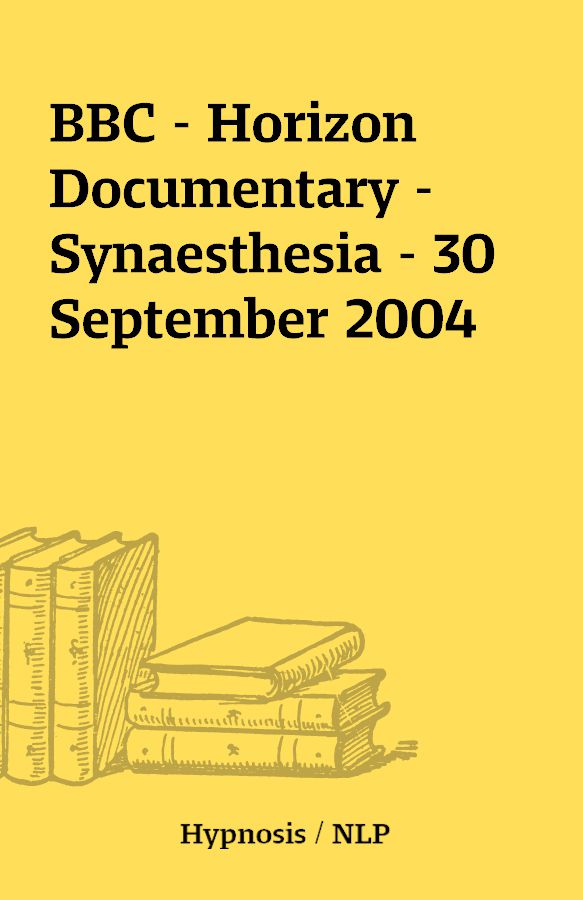
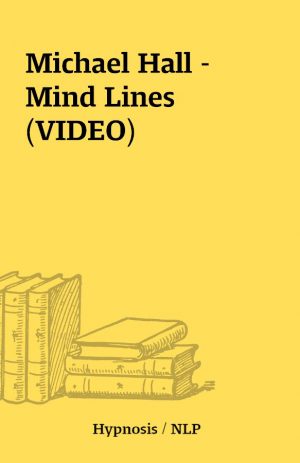
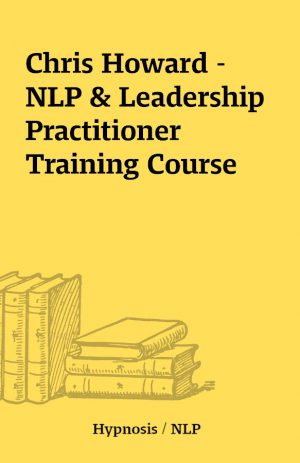
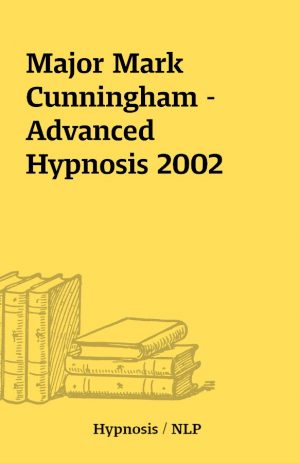
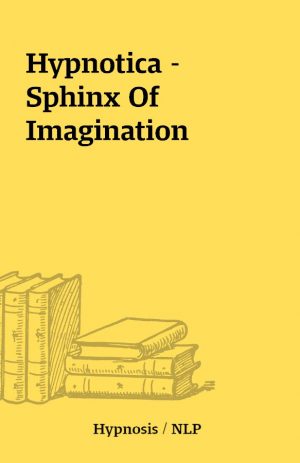
Reviews
There are no reviews yet.